When it comes to Influencer Marketing, we immediately think of reality TV stars or people who take pictures of their aesthetically pleasing coffee. That’s true, but influencers are unreal for promoting brands and businesses. As well as this, a micro-influencer can be even more effective as part of your marketing strategy. Despite not having millions of followers, a high engagement rate is any business owner’s dream, which is what micro-influencers are known to have. If you’re considering working with a micro-influencer, this guide is all yours.
What is a micro-influencer?
An influencer is someone who has the power to affect their audience’s purchase decisions. Whether this is through online or offline marketing, their reputation and authority impacts how their audience views a product or service. For example, if Harry Styles says he likes a brand of cookies… his fans will need to try those cookies.
So, what is a micro-influencer? They’re exactly the same, just on a smaller scale. Their online following generally ranges between 3,000-100,000 users*, which is a lot of scrolling individuals. To think that they can inspire and persuade others to think similarly to them is pretty incredible!
*This is defined differently in the world of marketing, but usually falls within this margin.
Why choose a micro-influencer over a bigger influencer?
When it comes to making business decisions, you have to think about what’s best for your brand. According to Influencer, 76% of consumers say ‘the effort creators make to build relationships with followers is important’. Depending on how much they chat and respond to comments, a micro-influencer can actually have a higher engagement with their audience in comparison to well-known celebs. If you comment on a post of someone you look up to, you’ll be encouraged to do it again if they recognise your support. It’s all a big cycle of love!
How to know which micro-influencers to work with
Just like with any influencer, you need to figure out if your business morals align with their professional (and personal!) ones. Here are a few points to consider when researching micro-influencers:
- How often do they post and on what channels?
- Do they have a high engagement rate?
- Are they positive about other brands on their page?
- Do they follow your ethics? E.g. If you’re a vegan brand, are they known for being vegan?
The best way to figure out which micro-influencers to work with is to research their social media pages, have a look through comments on their pictures and really get to know the person. Write down ways that you could collaborate with them and get some ideas flowing. You need to have an action plan before you make that pitch!
Define what you want to collaborate on
So you’ve found your dream micro-influencer. The next step is to define what you want to collaborate on, which is always so much fun. An idea could be 1x Instagram feed post, and 3x stories, or a TikTok video. If they’re a YouTuber, they could review your product for their subscribers. Feel free to give them a chance to suggest some ideas too, as the opportunities are endless.
Pssst… You can’t pay people with exposure (unless they’re happy with that). When defining your collaboration goals, be clear on how you’re going to pay the micro-influencer for their time. At the end of the day, they still have bills to pay. But, if they’re willing to receive a free product in exchange for sharing it on their channels, that’s more than okay too! It’s essential that you read over the ASA rules on U.K. Advertising, as this will guide you in Influencer Marketing and all the serious talk that comes with it.
How to approach micro-influencers
Learning how to approach micro-influencers is a must before you make your first move. Sliding into their DMs might be the best way to make a casual yet productive conversation come true. However, you need to ensure that you don’t come across as a spam account. This is a big no-no, as you need to represent your brand in the most positive way possible. Our advice is to treat them as you would a friend whilst remaining professional. The more personal the message, the better! Include their name, a few lines about your brand and why you’d love to work with them. If they have an email address available, you could pop them a message that way instead.
Hint: Avoid saying, ‘we love your page’ – go into more depth. Why should they work with you?
What happens next?
Congrats! The micro-influencer is either jumping for joy to work with you, or they’ve declined your offer. Either way, you made a move which is all part of the learning experience. Next, you need to lay down some ground rules on when you want the content to be created and posted. Once this has been agreed, you can sit back and let the magic happen! It’s key to not micro-manage the influencer (see what we did there), but you have every right to have a say in how the content looks if you want to. Honestly, the best type of content is created when an influencer is let loose with their imagination.
Micro-influencers are on the rise, and we LOVE to see it.





